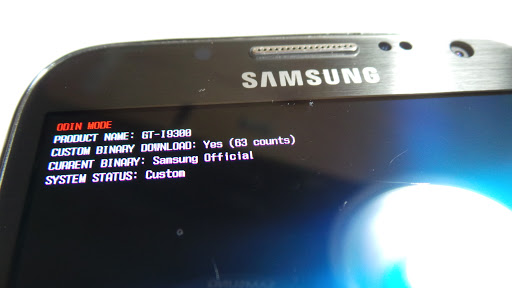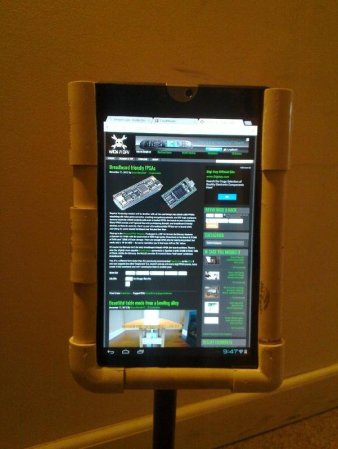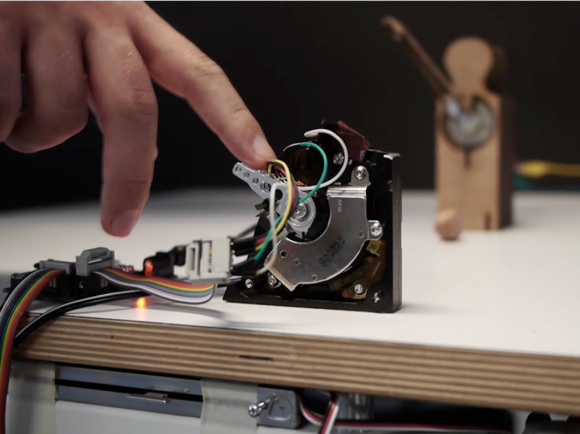
[Adam Outler] and friends have been hard at work unlocking the bootloader of some Verizon Android devices. His most recent adventure involves unlocking the Verizon branded Samsung Galaxy Note II.
You can’t run Cyanogenmod on a device that has a locked bootloader. This is presumably why it took no time at all for the XDA forum users with Verizon phones to raise enough money to put one of these puppies in [Adam’s] hands. He walks through the process he used to find the exploit in the video after the break. We’re not experts on the process, but apparently the .pit file used when flashing Odin is the entry point for the exploit. A bit of code has been injected into it which provides an opening to flash a replacement bootloader.
We mentioned the Galaxy S3 in the title. Apparently that has been unlocked as well but with one big hang-up. An over-the-air update could possibly brick the S3. To avoid this issue with the Galaxy Note II the original bootloader is patched and reflashed as part of the exploit.
Continue reading “Unlocking Verizon Galaxy Note II And Galaxy S3”
















